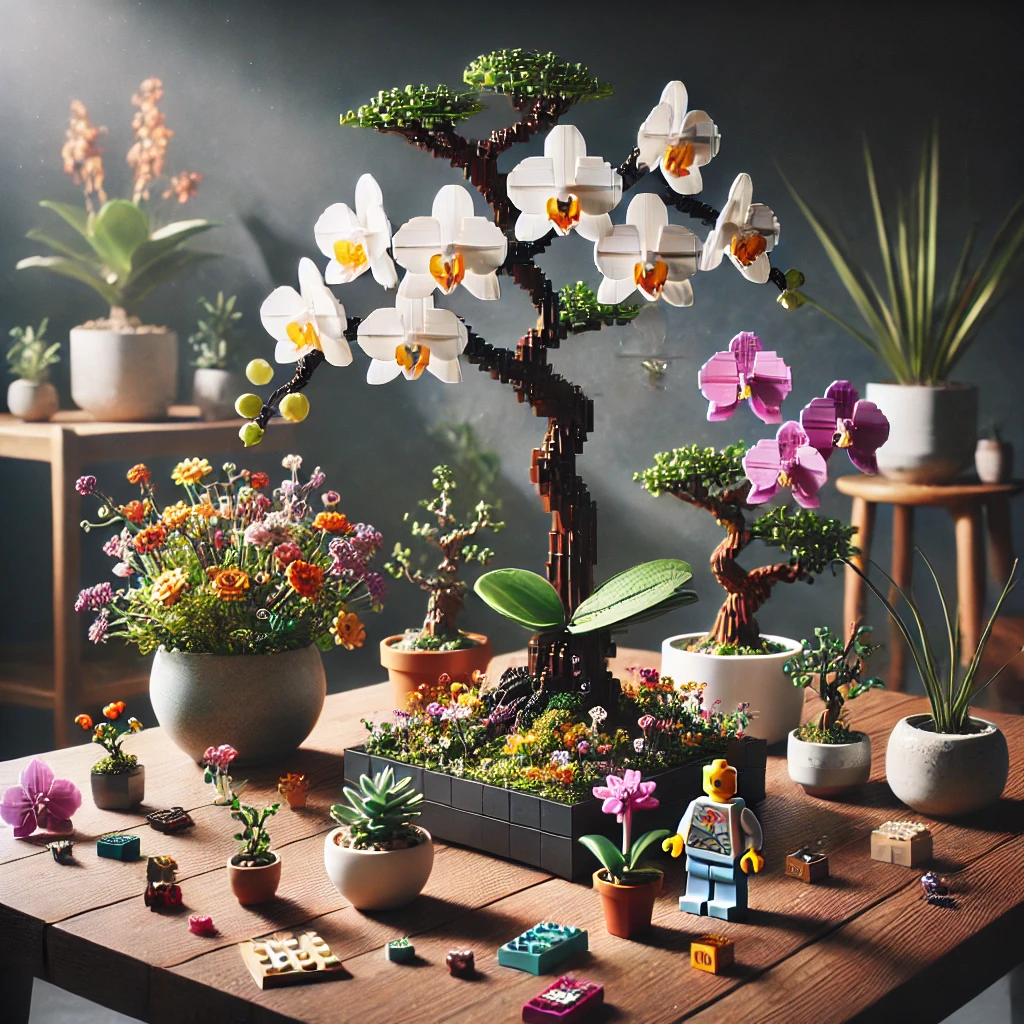Flávia P.
6 months ago
What Is: Dye-Transfer
What Is: Dye-Transfer in the Context of Collectibles
Dye-transfer is a printing technique that has gained popularity in various fields, including the collectible market. This method involves transferring dye from a film or paper onto another surface, creating vibrant and high-quality images. In the realm of collectibles, particularly with items like Funko Pop figures and LEGO sets, understanding dye-transfer can enhance your appreciation for the artistry behind these products.
The Process of Dye-Transfer
The dye-transfer process begins with the creation of a matrix, which is essentially a film that holds the image. This film is then used to transfer the dye onto a substrate, such as paper or fabric. The result is a rich, detailed image that captures the essence of the original artwork. For collectors, this means that items produced using dye-transfer techniques often exhibit superior color fidelity and detail compared to other printing methods.
Applications of Dye-Transfer in Collectibles
In the collectible market, dye-transfer is particularly relevant for limited edition prints and packaging. For instance, special edition Funko Pop figures may feature packaging that utilizes dye-transfer to showcase intricate designs and vibrant colors. Similarly, LEGO sets that are part of a special release may also employ this technique to enhance the visual appeal of the box art, making them more desirable for collectors.
Benefits of Dye-Transfer for Collectors
One of the primary benefits of dye-transfer for collectors is the longevity of the printed images. Items produced using this method tend to resist fading over time, ensuring that the colors remain as vibrant as the day they were printed. This durability is crucial for collectors who wish to maintain the value of their items, as the condition of packaging and prints can significantly impact resale value.
Dye-Transfer vs. Other Printing Techniques
When comparing dye-transfer to other printing techniques, such as digital printing or offset printing, several differences emerge. Dye-transfer often provides a wider color gamut and better saturation, which is essential for capturing the intricate details of collectible designs. While digital printing has its advantages in terms of speed and cost-effectiveness, dye-transfer remains a preferred choice for high-end collectible items.
Collecting Dye-Transfer Items
For collectors interested in dye-transfer items, it’s essential to research and identify pieces that utilize this technique. Look for limited edition releases or items that explicitly mention dye-transfer in their descriptions. Engaging with online communities and forums dedicated to collectibles can also provide valuable insights into which items are worth pursuing.
The Future of Dye-Transfer in Collectibles
As technology continues to evolve, the future of dye-transfer in the collectible market remains promising. Innovations in dye chemistry and printing techniques may lead to even more stunning results, further enhancing the appeal of collectibles. Collectors should keep an eye on emerging trends and new releases that utilize dye-transfer methods to stay ahead of the curve.
Preserving Dye-Transfer Collectibles
To ensure the longevity of your dye-transfer collectibles, proper storage is crucial. Keep items away from direct sunlight and humidity, as these factors can degrade the quality of the dye over time. Using archival-quality materials for storage can also help protect your collectibles, allowing you to enjoy their beauty for years to come.
Conclusion on Dye-Transfer in Collectibles
Understanding dye-transfer is essential for any serious collector in the geek universe. This technique not only enhances the visual appeal of items like Funko Pop figures and LEGO sets but also contributes to their overall value. By appreciating the intricacies of dye-transfer, collectors can make informed decisions and build a more valuable collection.





